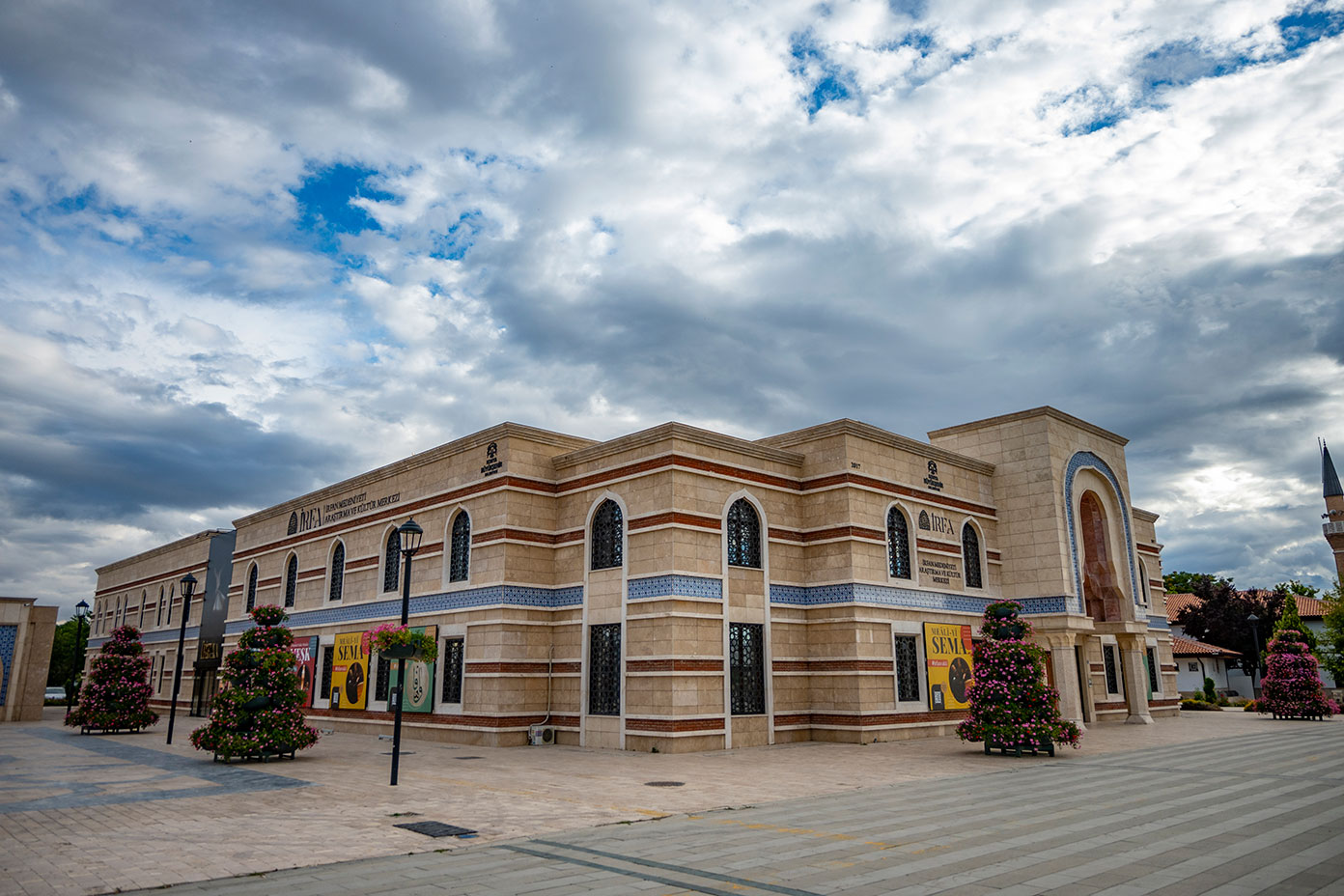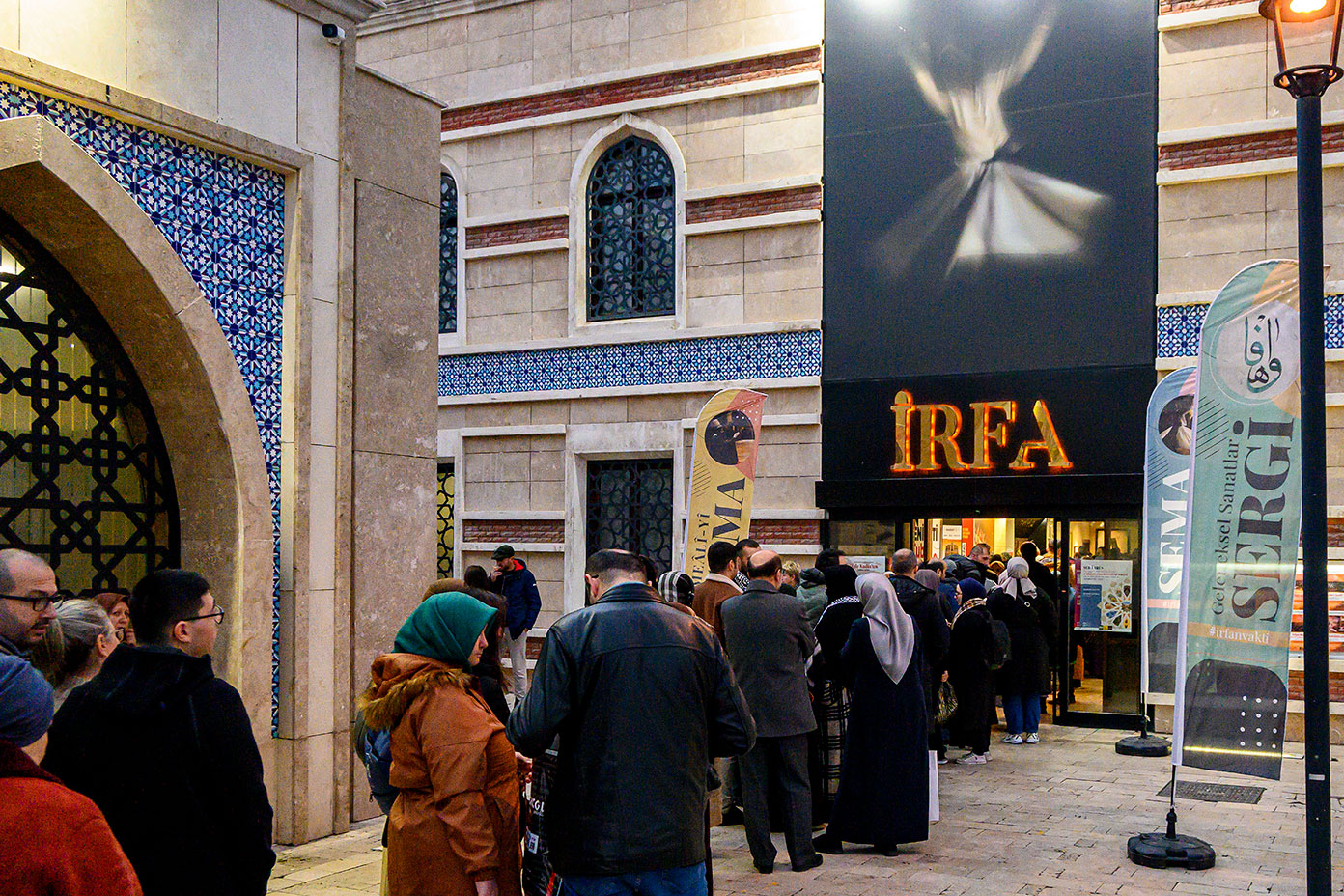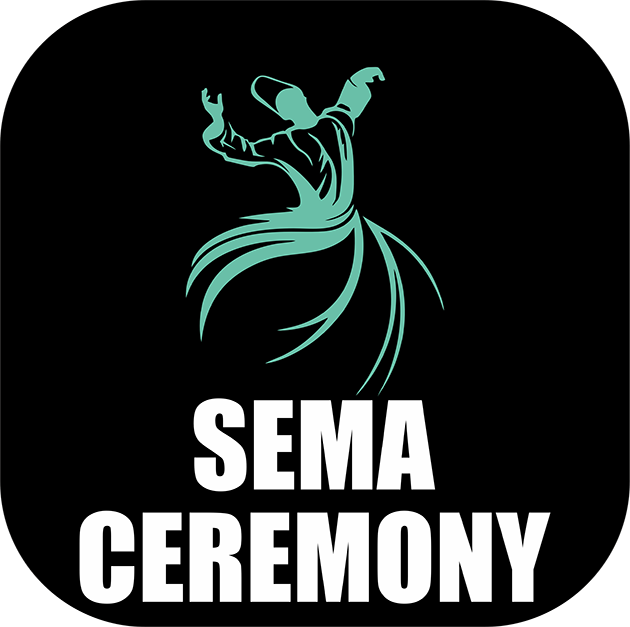Irfan Civilization Research Center (IRFA)

The "Mevlevi Sema Ceremony" within the Irfan Civilization Research Center (IRFA) performs the sema ceremony.
Sema, in its literal sense, means hearing or listening. In Mevlevi literature, sema is a type of voluntary worship performed to the accompaniment of rhythm and music, involving a circular movement around the heart from right to left. The purpose and intention of sema, the symbolic remembrance practice of the Mevlevi order, is to ascend spiritually and to progress on the path towards Allah cc (God).
During the time of Hazreti Mevlana, sema was performed as an expression of religious and mystical fervor without adhering to a specific order. It is said that Hazreti Pir, who transformed sema into a form of worship, began to practice sema after meeting Shams-i Tabrizi.
The semahane within the Irfan Civilization Research Center (IRFA), inspired by Mevlevihanes from various parts of Turkey and the world, impresses visitors with its neo-classical architectural style. In the semahane at IRFA, Mevlevi ceremonies composed in various maqams such as Acemaşiran, Acembuselik, Hüzzam, Suzidilara, and Hisarbuselik are periodically performed.
The Irfan Civilization Research Center (IRFA), operating in collaboration with the Konya Metropolitan Municipality and the Human and Irfan Foundation, is an institution aimed at preserving the beauties inherited from our civilization and revitalizing them in their original form. It strives to cultivate individuals who are beneficial to society.
The Irfan Civilization Research Center (IRFA) is constructed as a complex in accordance with traditional Turkish Islamic art. Within IRFA, there are the Panoramic Konya Museum "KONYANÜMA", a semahane, a conference hall, workshops, and classrooms.
The Irfan Civilization Research Center (IRFA) is active every day of the week, offering training such as sema practice, tekke music lessons, and instrument making. In addition to organizing workshops, IRFA also hosts symposiums and seminars.

Located on Aslanlı Kışla Street, across from the Mevlana Museum, the Irfan Civilization Research Center (IRFA) hosts both local and international visitors.






